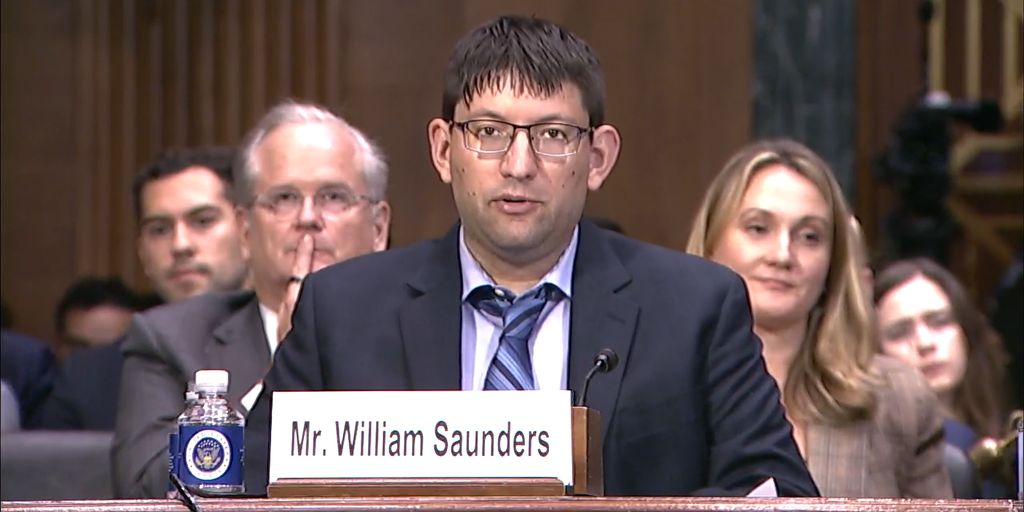
This week, Ethereum’s core developers decided that they will split the network’s next major upgrade, Pectra, into at least two parts, with the first update set to ship in or around February 2025.
The last several Ethereum upgrades—including Dencun, which dropped in March, and Shapella, which went live in 2023—have ushered in meaningful changes both for blockchain developers and everyday Ethereum users.
So what will Pectra bring, and how might those changes affect you?
Pectra: Part one
During a call on Thursday, Ethereum’s core developers decided that there were too many items on the wish list for Pectra, which if all pushed out at the same time might make the upgrade overly complex. Instead, they opted to split the upgrade into at least two separate events, with the first part set for early next year.
Several proposals have already been greenlit for inclusion in that first update, and many of them will have noticeable impacts on Ethereum users.
One, for example, will end the tedious practice of needing to hold small amounts of ETH to pay for gas fees on the Ethereum mainnet and many layer-2 networks. Currently, gas fees on Ethereum, Base, Arbitrum, Optimism, and several other networks in the Ethereum ecosystem must be paid in ETH, regardless of what token is being transferred.
A proposal included in Pectra part one, EIP-7702, will effectively end that requirement by allowing users to pay gas fees in other, more versatile cryptocurrencies. The proposal, which introduces “account abstraction,” will allow users’ Ethereum wallets to behave more like smart contracts—meaning that third parties will be able to sponsor transactions and pay your gas fees for you.
As a result, Ethereum core developer Marius van der Wijden explained to Decrypt, you will soon be able to outsource your gas fees to a service that you can pay in USDC, for example—making the necessity of holding ETH to complete basic functions on Ethereum a thing of the past.
“It’s a great UX improvement,” van der Wijden said.
Another improvement featured in the first portion of Pectra, EIP-7251, will allow Ethereum stakers to earn rewards on sums greater than 32 ETH. Up until now, validators have only been able to collect yield if they deposited 32 ETH (slightly more than $81,000 at writing) with the network. Any amount of ETH above that wouldn’t generate additional yield, unless they deposited another full 32 ETH—from a separate validator.
So a user currently staking 40 ETH, for example, currently can’t collect yield or gain voting power from that extra 8 ETH.
“It was just dead stake, basically,” van der Wijden said. “But now it’s not anymore.”
Once Pectra’s first segment ships early next year, stakers will be able to earn proportional yield on any deposited sum over 32 ETH. This will be made possible by new functionality that will allow for the consolidation of validators—meaning that if you’re currently running several different validators of 32 ETH each to maximize rewards and influence, you can now combine them all into a single validator with proportionally greater voting power and reward accumulation.
On a macro scale, the ability to consolidate validators also means that major stakers like Lido and Rocket Pool and Coinbase, which accumulate funds from thousands upon thousands of different users, can now significantly reduce the number of nodes they need to run to stake with the Ethereum mainnet.
“This will reduce the bandwidth requirement of the Ethereum network as a whole quite significantly,” van der Wijden said.
Two more proposals included in Pectra’s initial shipping, EIP-6110 and EIP-7002, will also for the first time enable the possibility of fully automated and permissionless ETH staking pools. Currently, services like Rocket Pool still require employees to manually handle some elements related to depositing and withdrawing funds.
Part two and beyond
While the features described above are set to go live early next year, questions abound about a second Pectra upgrade, including which EIPs it might contain, when it will go live, and whether any other Ethereum updates will come before it.
Currently, Ethereum’s van der Wijden estimates, the rest of Pectra might have to wait until 2026.
But when the second half of the update does come, expect big things. Two major proposals are already likely to be included: an EVM Object Format (EOF) that will increase efficiency and safety in writing smart contract code, and a new feature called PeerDAS that could significantly reduce layer-2 gas fees even further over the next two to three years.
In March, Ethereum’s Dencun upgrade introduced blobs, which dramatically decreased layer-2 fees by allowing layer-2 data to be stored on-chain temporarily for a period of about a month, as opposed to permanently. At present, six blobs exist on every Ethereum transaction block—basically, reserved space to make layer-2 transactions ultra-cheap.
PeerDAS, whenever it launches, will provide the foundation for Ethereum’s developers to significantly increase the amount of blobs present on every network block. Van der Wijden says he’s confident that post-PeerDAS, his team will be able to fit 32 blobs on every Ethereum block—an efficiency jump of over 400%.
Edited by Andrew Hayward
Daily Debrief Newsletter
Start every day with the top news stories right now, plus original features, a podcast, videos and more.











